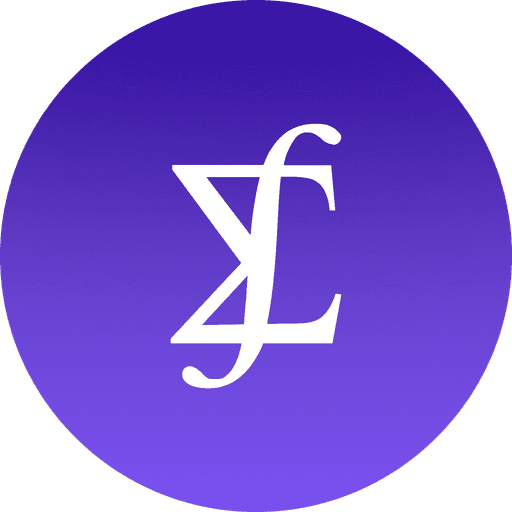Tribe DAO Shutdown Drama and Case for OTC Trading in DeFi
Oct 17, 2022

One of the many casualties of the bear market has been Tribe DAO. Tribe was responsible for the FEI stablecoin and owner of Rari capital markets after merger last year. A recent shutdown proposal by the Tribe team cited a combination of macro environment difficulties, regulatory concerns, and difficulties finding product-market fit as the reasons to shutdown.
The FEI protocol controlled over $100m in crypto assets including ETH and DAI. The plan then was to sell these assets back to DAI, allow FEI holders to redeem 1:1 from the protocol and then pass any residual value back to TRIBE holders on a pro-rata basis. As a first-of-its-kind shutdown for such a large DeFi protocol, it's no surprise that it would lead to lots of drama. What drama? Let's dive in...
To Repay or to Not Repay?
First, there was drama around the original proposal. After a first read, a few interested parties called out a startling detail: most of the redemption money would not go to repaying victims of the Rari hack. Instead, the plan was to give minimal reimbursement and keep this money for the team.
The most vocal opponent of this path was the FRAX founder Sam Kazemian who had this to say:
https://x.com/samkazemian/status/1560922661387001856
Sam made the case that DAOs like Olympus and FRAX had supported the Rari markets early with liquidity. The reimbursement for the hack had already gone through numerous rounds of drama-filled governance votes. Now as the protocol was winding down, it was only right to make the hack victims whole with the protocol-controlled value that far exceeded the necessary amount. Any attempt to not repay the victims amounted to lining the pockets of TRIBE holders at the expense of those who had been hacked.
After much back and forth with passionate arguments from both sides, the community eventually voted to repay the hack in full.
Treasury Sell-Off
Next came the difficult step of converting protocol assets back to DAI for eventual redemption. At its peak, Tribe DAO controlled millions of dollars of volatile crypto assets. This included over 50k in stETH, various governance tokens, and other blue chip tokens. Selling all of these tokens on-chain would be a difficult task, likely leading to substantial price impact across the assets and subsequently lower redemption value for TRIBE holders.
It was a monumental task. The protocol had over $100m in protocol-controlled value that it had to sell. To make things more difficult, many of the assets were locked tokens, illiquid tokens or other special cases like veBAL that was hard to value.
The wind-down started on the project forum and a message went out to interested parties: The Tribe DAO would be selling their assets in an on-chain fire sale.
Seeing opportunity, a number of players in the crypto space stepped up to offer their bids. In various forum posts, protocols, market makers and others made their cases. Almost all of the volatile token assets were offloaded in OTC deals to the highest bidder.
